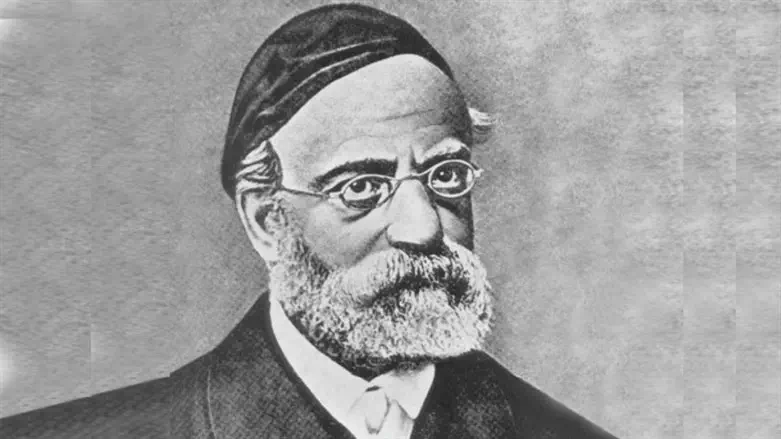
The Ten Commandments appear on two tablets. The first tablet begins with a mitzvah of the mind (acknowledgement of G-d’s existence) and ends with a mitzvah of action (honoring one’s parents). The second tablet begins with a mitzvah of action (don’t kill) and end with a mitzvah of the mind (don’t covet). Why?
Answers Rav Samson Raphael Hirsch:
“Religion” – as represented by the first tablet – “is worthless if the thought, the idea of G-d, is not strong enough to exercise its power practically in the control of our words and doings.” In other words, the Torah demands more than just a pious mind. You can’t simply be a Jew “in your heart.” Religiosity must be expressed in action. Thus the first tablet.
The second tablet teaches us a different lesson: that good behavior – abstaining from murder, theft, etc. – won’t sustain society without inner religiosity. In other words, orthopraxy is insufficient. For “all social virtue is worthless and crumbles at the first test” if its basis isn’t “inner loyalty,” which “finds its nourishment…in quiet but constant looking up to G-d.”
G-d requires both mind and deed. “All spirit must be developed into act” and all “all acts must have their source in spirit.” For “‘the religious’ and ‘the social’ [are] one inseparable whole.”
Rav Samson Raphael Hirsch (1808-1888) – head of the Jewish community in Frankfurt, Germany for over 35 years – was a prolific writer whose ideas, passion, and brilliance helped save German Jewry from the onslaught of modernity.
Elliot Resnick, PhD, is the host of “The Elliot Resnick Show” and the editor of an upcoming work on etymological explanations in Rav Samson Raphael Hirsch’s commentary on Chumash.